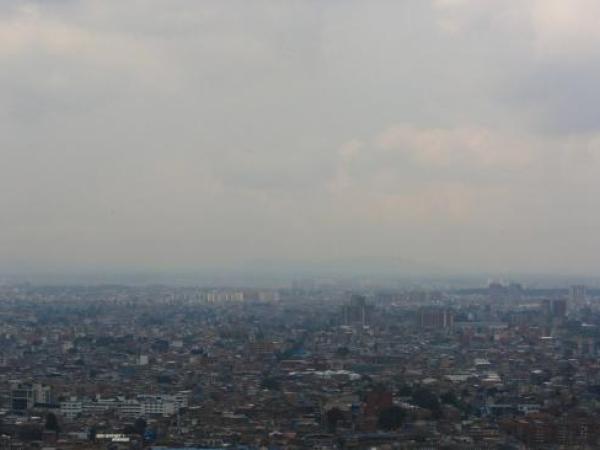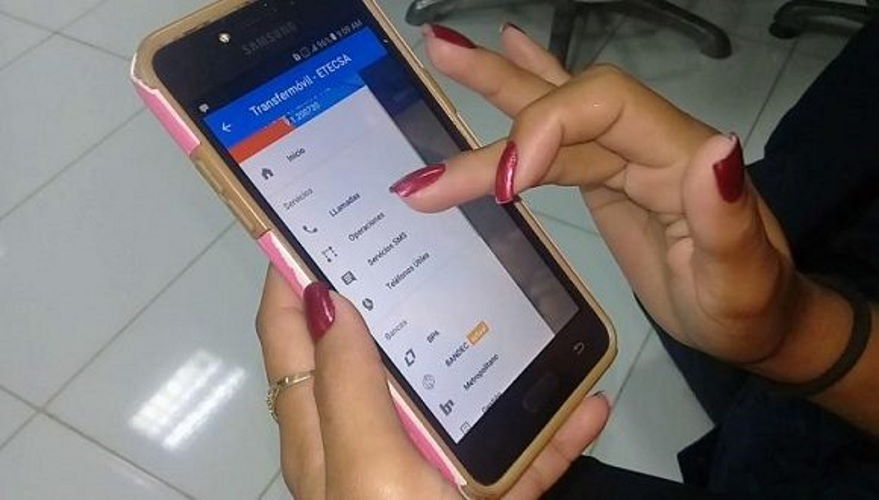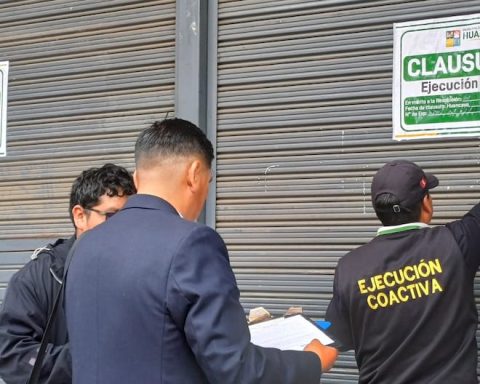In Bogota there were 3,400 premature deaths attributable to particulate matter exposure (PM for its acronym in English) of diameter 2.5 in 2021, according to figures from Greenpeace.
To this extent, it is necessary to be aware of the air quality of the city in which you live and that companies commit to improving this sustainability indicator.
(Read: Chinese consortium must deliver the studies for the Bogotá Metro in May).
In Bogota, for example, there is the Bogota Air Quality Index (Iboca), which has 20 stations in the city and measures the concentration of PM, which generates harmful effects on health.
Those values “They are related to a range of concentrations of specific pollutants (criterion), which are measured internationally as a standard for evaluating pollution and which are easily related to effects on health and the environment”.
In this sense, they describe the air quality as: favorable, from 0 to 50 PM; moderate, from 51 to 100 PM; regular, from 101 to 150 PM; bad, from 151 to 200 PM and dangerous from 201 to 500.
Based on the measurements, environmental alerts are issued and in March 2023 the Bogotá Mayor’s Office issued one for “regular air quality.”
The entity’s website reflects the constant monitoring in the 20 stations that it has. At 12:30 PM on April 4, the particulate matter measurements looked like this: en the Suba station it was at 72, that is to say moderate and at that hour it was the one with the highest figure (see graph).
One of the stations in which there is a greater amount of PM is in Carvajal-Sevillana, located to the south of the city and cWith proximity to polluting sources such as buses and companies.
As can be seen in the graph, the history of the last seven days shows that it remains at “regular” levels.
(See: Mipymes: at the end of 2022, 40.6% reduced their investments).
Thus, between March 29 and April 4, 61.9% of the time that station has had about 104 PM 2.5, which generates a label of “fair air quality”, according to Iboca.
Why the pollution?
According to the experts, it is true that Bogota is a polluted citybut “not the most polluted in Latin America”, as Miguel Quirama Aguilar, an air quality teacher, mentions.
To that extent, pollution in the capital is due “to the excess of sources, such as the automotive fleet and industries, and that these sources do not disperse”, assures the academic.
To which are added the natural sources, which are the fires, the deforestation and the way in which the wind circulates in Bogotá.
Quirama points out that “on average, the wind goes from the hills to the accident, thus, the contamination goes in the same direction.” Which leads to affirm that this particulate material is also reaching other areas such as Mosquera and Funza (Cundinamarca).
Luis Jorge Hernández, a health doctor from the Universidad de los Andes, mentions that the impact of poor air quality on health depends on the exposure time.
To which he adds that the most affected population groups are “children under five years of age, pregnant women, the elderly and people with underlying diseases”.
(Read: Bittersweet season for airlines during Easter).
Based on this, he adds that “it can cause mild symptoms such as dry skin, burning eyes or irritating cough; even serious, such as respiratory obstruction, asthma, low birth weight, cardiovascular disease, and cancer of the trachea and lungs. Also, neurological diseases, chronic kidney disease and abortion.
Bets to improve the indicator
As Miguel Quirama affirms, the way to improve the city’s air quality is “attacking these sources of the automotive fleet and industries”, this does not mean that an attempt is made to eliminate their operation, but to achieve through public and business policies that run more cleanly.
On the other hand, from the companies “dThey must seek to comply with the regulations, but not only to comply with them, but to try to make their processes more efficient, so that they pollute less”, Quirama adds.
Additionally, the environmental expert Hernán Trujillo mentions that “the bet of ‘He who pollutes pays’, which has been operating in Colombia, does not have as many effects in reducing pollution.”
In this sense, companies should “voluntarily join national emission reduction schemes and thus increase their efficiency and reduce their impact in terms of pollutants,” adds Trujillo. These measures, experts consider, they are much more effective than the use of conventional maskswhich “do not work”, as stated by the doctor Hernández.
Alerts for having “bad” quality
So far this year, two alerts have been issued in Bogotá and when the Bogotá Environment Secretariat decrees these alerts for “bad” air quality, measures are recommended such as: use of masks, avoid the use of cars and, pOr, on the contrary, use the public transport of the city, as well as opt for teleworking.
(See: Religious tourism does not stop despite price increases).
Additionally, the district has a “Strategic Plan” to improve air quality.
According to the city’s environment secretary, Carolina Urrutia, “comprehensive strategies, prioritized investments and specific measures” are proposed.
CLAUDIA M. QUINTERO RUEDA
Portfolio Journalist


















